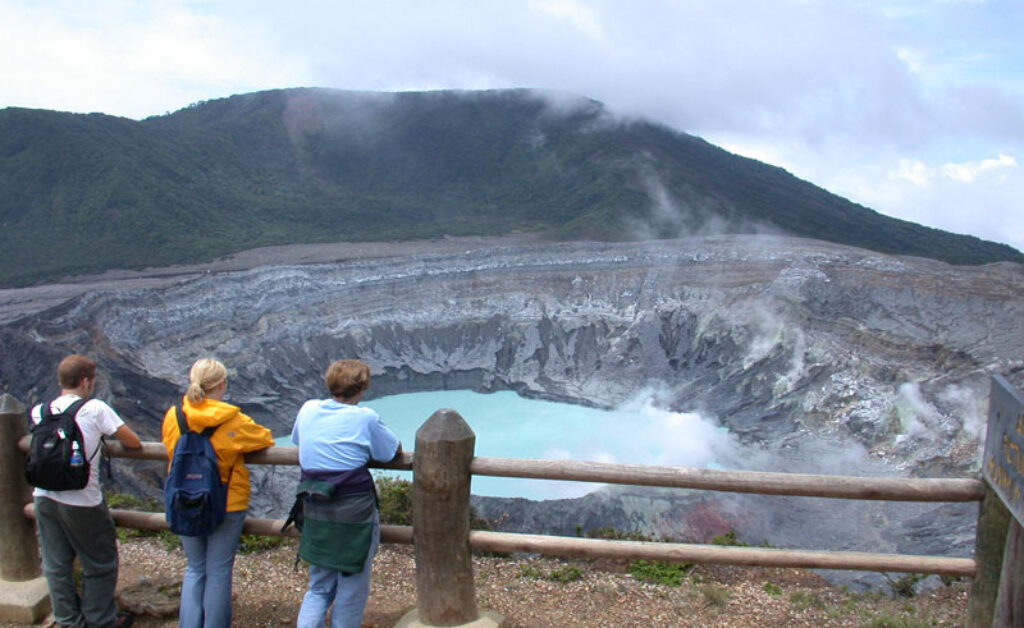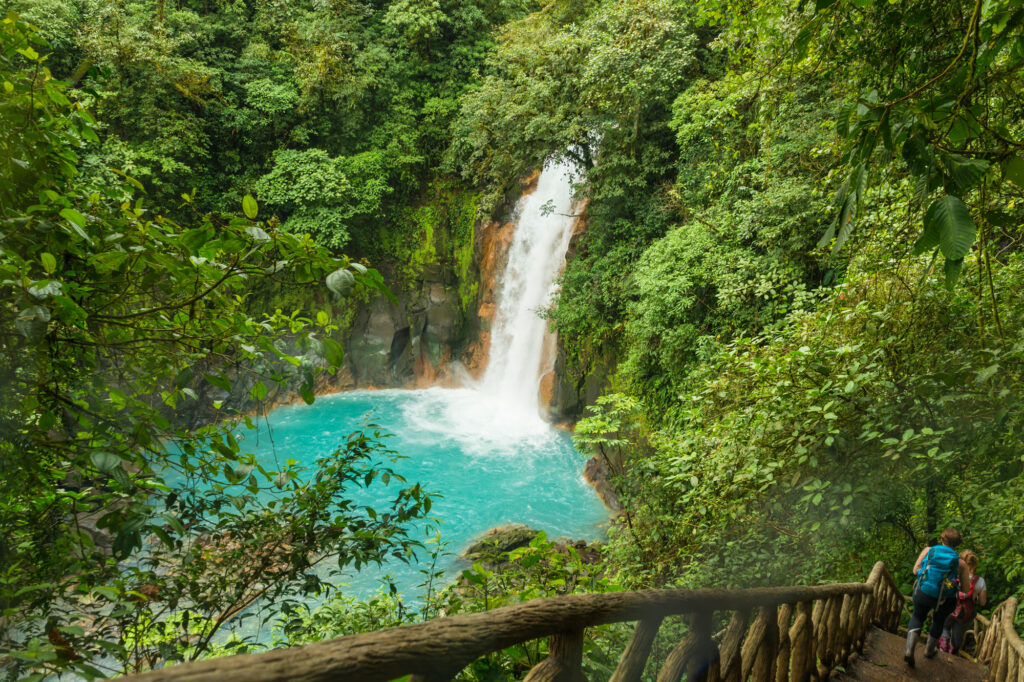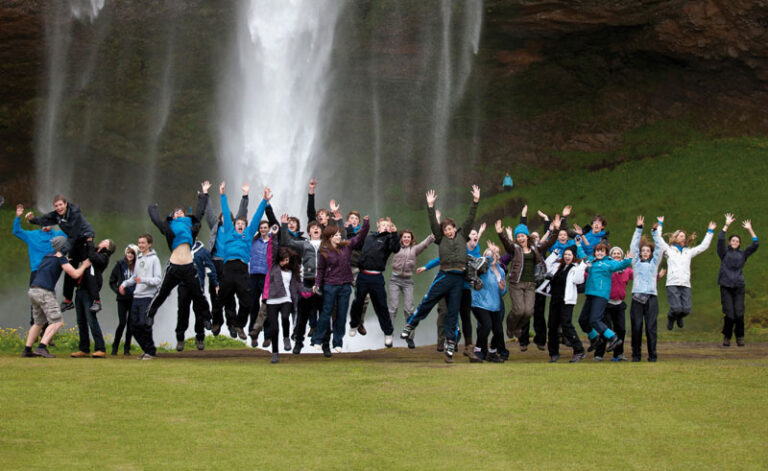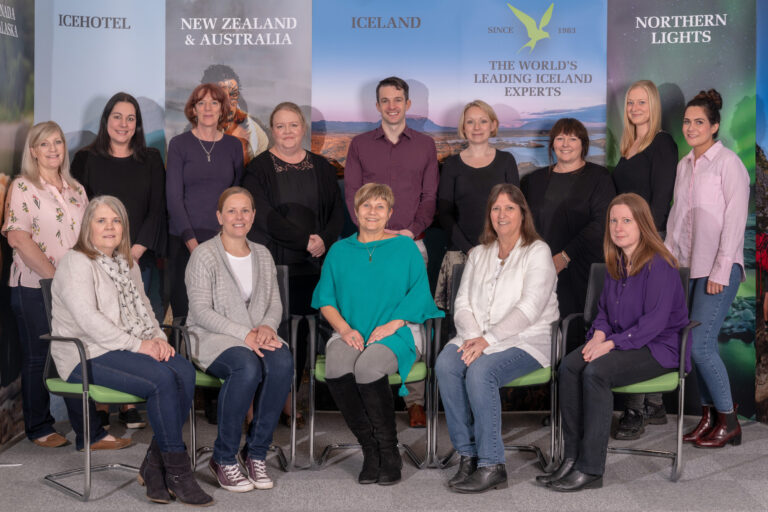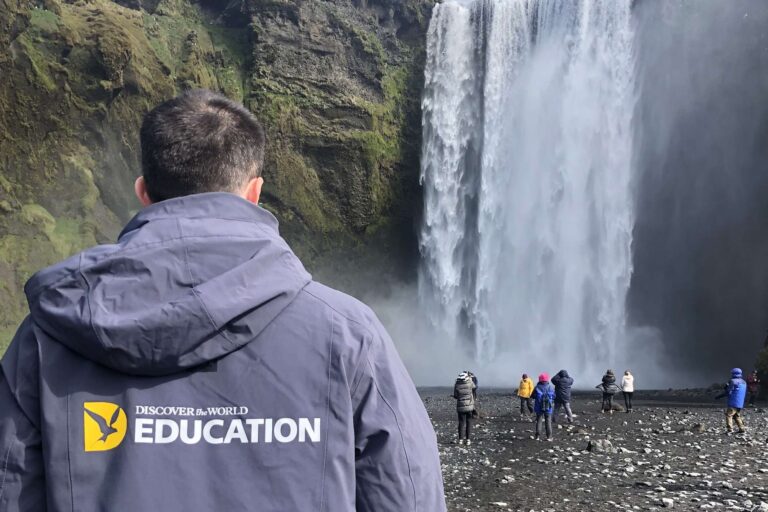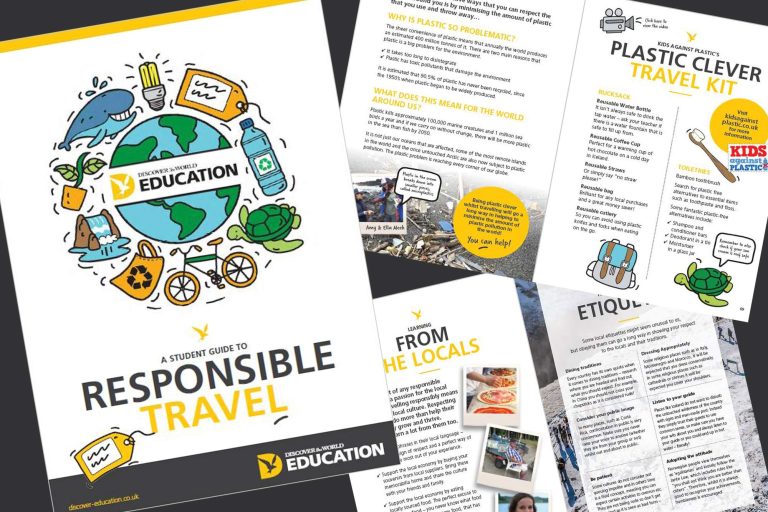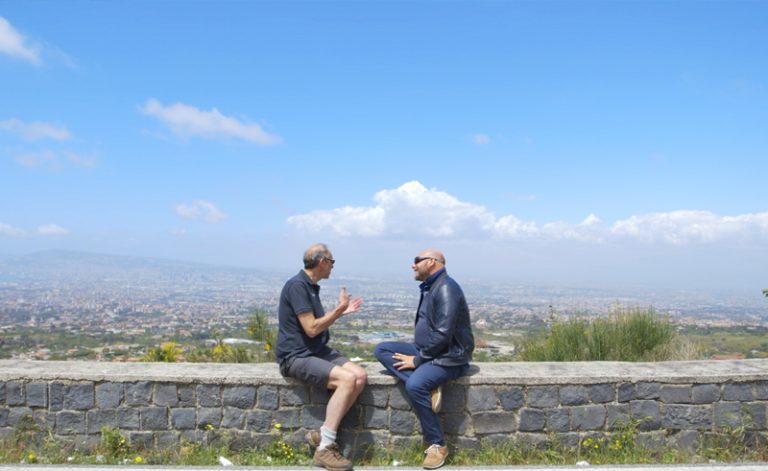
Discover a Costa Rica School Trip
Costa Rica has some of the most diverse species and ecosystems in the world.
Fewer places on Earth can offer as many life-changing, inspirational, and educational experiences as Costa Rica.
Described as Central America’s “garden of Eden,” budding geographers and scientists can explore a variety of flora and fauna, soak in hot springs, and witness active volcanoes.
Our Costa Rica School Trips
Costa Rica school trips that can be tailored to your subject, curriculum and learning goals…

Costa Rica in a Nutshell
See Costa Rica in a nutshell with this 8-day trip.
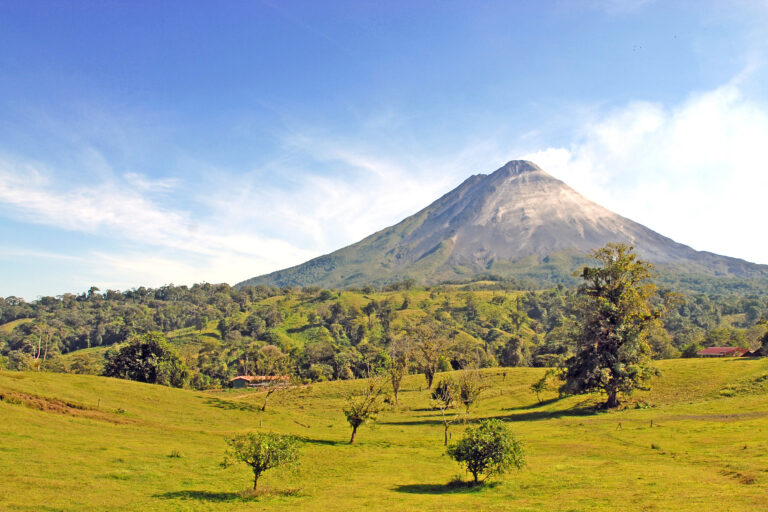
Costa Rica Volcanoes & Rainforests
Witness the highlights of Costa Rica with this volcano and rainforest whistle-stop tour
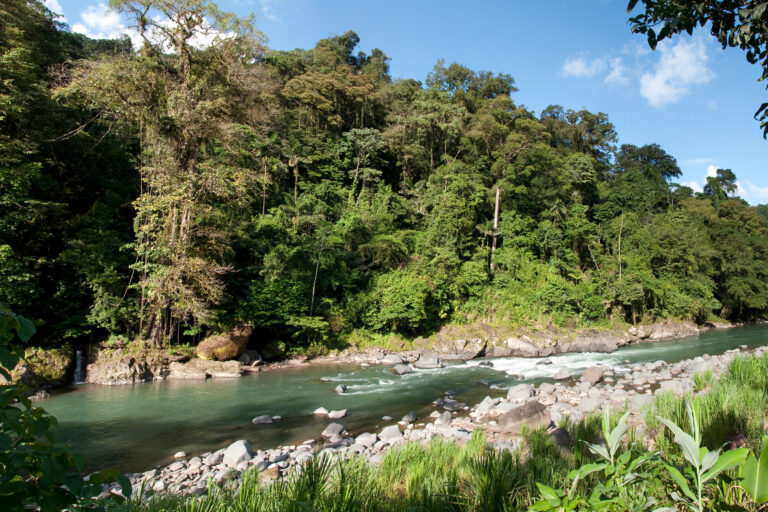
Costa Rica Volcanoes & Rainforests Enhanced
This trip to Costa Rica takes a deeper dive into active volcanoes and the rainforest
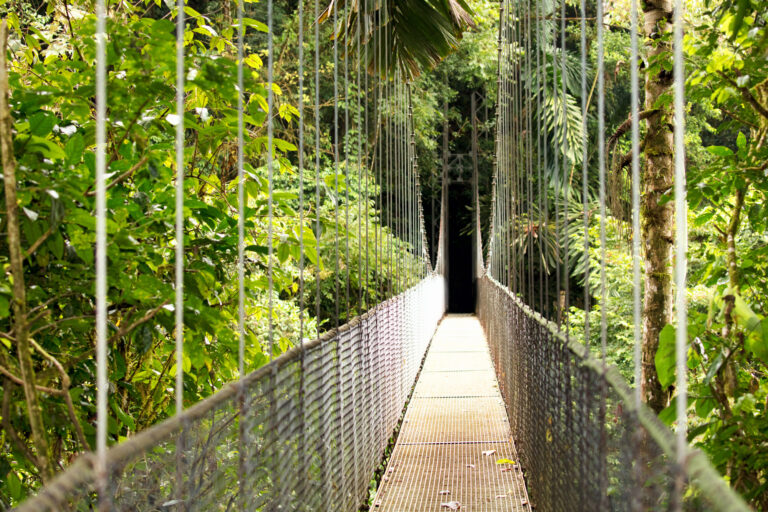
Costa Rica Volcanoes, Rainforests & Beaches
Our most in-depth school trip to Costa Rica including white sand beaches
Enhance your teaching with Costa Rica school trips
Lodged between the Caribbean Sea and the Pacific Ocean, Costa Rica is home to diverse landscapes and biodiversity.
What better place for a geography school trip that includes hands-on conservation work against a backdrop of mangroves, rainforests, national parks, pristine white sandy beaches and some of the world’s most active volcanoes?
Although the links to geography and biology might be clear, there are also ways to weave strands of physics and chemistry into students’ experiences as they travel through Costa Rica.
Your students will take part in scientific study which will help them to develop vital experimental and investigational skills.
A trip to Costa Rica sparks a life-long love for geographical and scientific study!
What Costa Rica Offers:
As one of the world’s foremost nations of eco-tourism, Costa Rica is a fantastic school trip destination.
Here’s a handful of highlights from our Costa Rica school trips:
Arenal Volcano & La Fortuna
Arenal Volcano is Costa Rica’s most active volcano and has had consistent lava flows since its eruption in 1968. You’ll learn about the local’s traditional way of living, hike past old lava flows, bathe in geothermally heated hot springs and explore its surrounding protected reserves.
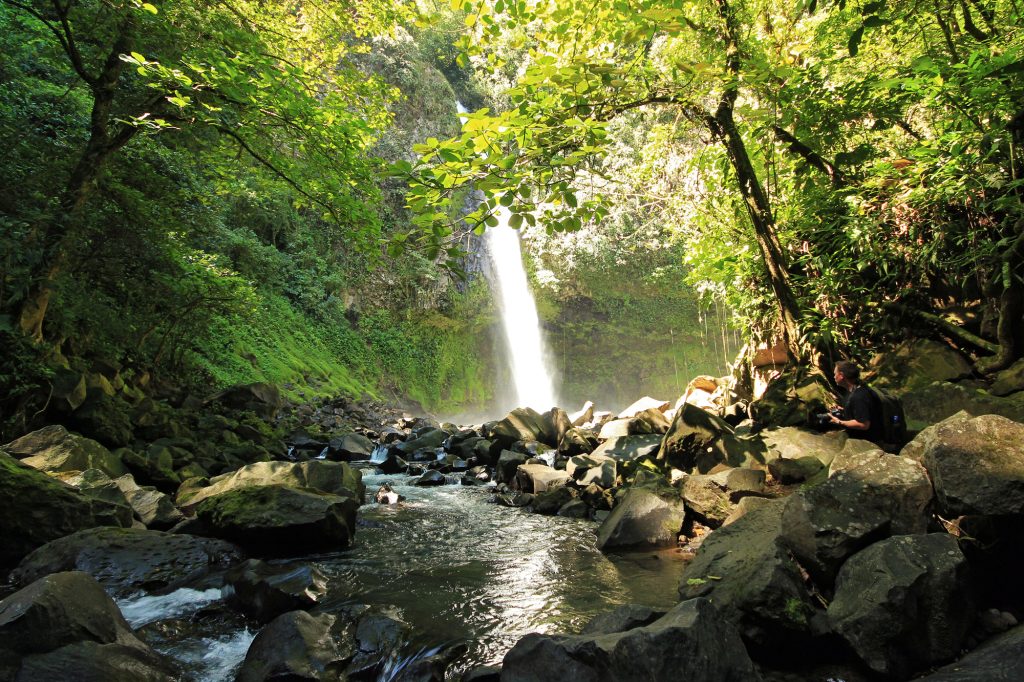
Miravalles Mud Baths
Although dormant, Miravalles Volcano offers some amazing geological activity including hot springs, steam spewing fissures and bubbling mud pools.

Monteverde cloud forest
Described by National Geographic as ‘the jewel in the crown of cloud forests,’ Monteverde cloud forest supports a complex ecosystem and is home to half of the flora and fauna in Costa Rica.

Spot local wildlife
The abundant wildlife in Costa Rica means you’ll catch a glimpse of exotic creatures wherever you’re travelling. From howlers, spiders, white-faced monkeys, marine life, sloths, caimans, sea turtles, and Lizards.
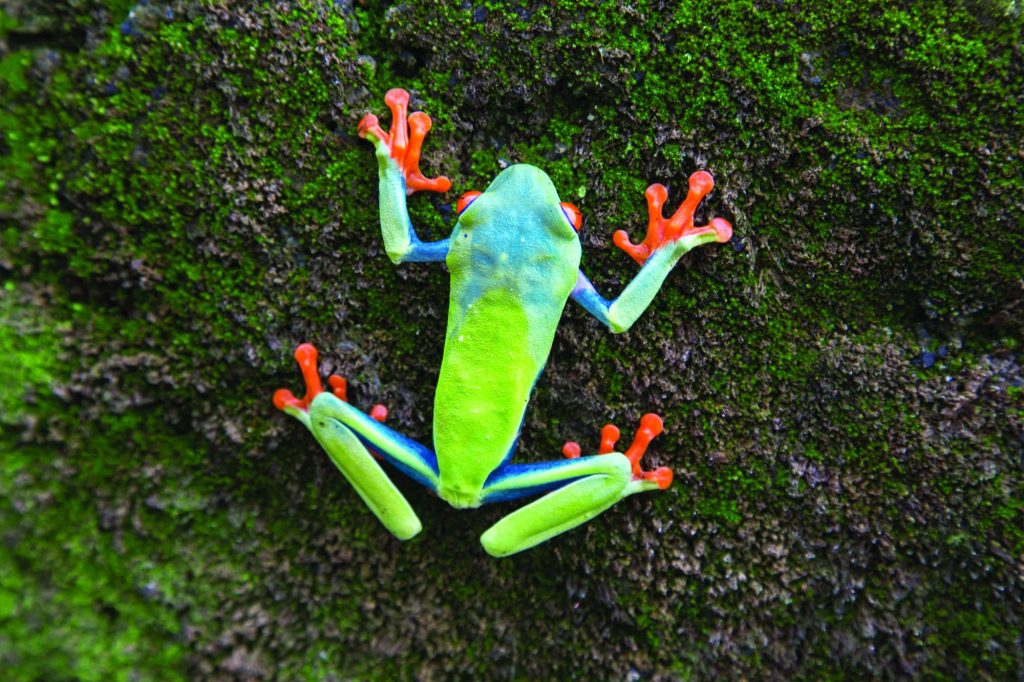
You can tailor your itinerary with a range of optional activities including a coffee, chocolate and sugar cane tour, Manuel Antonio National Park, La Tirimbina, and a boat tour around Tortuguero National Park.
How Costa Rica School Trips Link to the Curriculum
Costa Rica is famous for its ecotourism and emphasis on sustainable living.
That’s why it’s the perfect place for young geographers to put their studies into action and see topics from ecosystems to tectonics come to life.
Enhance your students’ learning with a geography trip to Costa Rica with these curriculum links:
Tectonic Processes, Landforms & Hazards
Costa Rica sits above the collision point of two tectonic plates; the Cocos and Caribbean plates. The movement of these plates has created over 200 volcanoes, including 6 active volcanoes. The country also experiences earthquakes making Costa Rica a great case study for natural hazards.
Weather Processes & Hazards
You can compare the weather in San Jose (the central Valley) to the tropical rainforests and learn about what caused the varied climate, how these weather systems interact, and how the climate of one region influences another.
Climate Change
Costa Rica is sensitive to climate change and has experienced increased rainfall and temperatures in recent decades. The government has set a goal of becoming the world’s first carbon-neutral country and has increased rainforest coverage by 31% of its overall territory and plans targeting transport, agriculture and waste aim to reduce greenhouse gas emissions significantly.
Ecosystems
Costa Rica’s amazing biodiversity can be attributed to its incredible geographic diversity; from high-altitude cloud forests and lowland tropical rainforest to mangroves and coral reefs.
Coastal Processes, Landforms & Management
Costa Rica is a long, narrow country bordered by two lengthy coastlines on the Caribbean Sea and the Pacific Ocean, offering plenty of opportunities to study different features. Marine reserves manage and conserve coastal environments while the impact of waves on coastlines via deposition and destruction can also be seen.
Water & River Processes, Landforms & Management
With high-altitude areas and a lot of rain, it’s no surprise that Costa Rica has many fast-flowing rivers. The rivers form an important habitat for local wildlife and some are used for hydroelectric power generation.
Geological Processes & Landforms
Compare the limestone of the Venedo caves with the igneous and metamorphic rocks around the Poas Volcano, Miravalles, and Arenal volcano.
Urban Change & Growth
Learn about how urban migration from rural areas changed San Jose in recent years and the impact of economic migrants from Nicaragua and Panama.
Development & Inequality
Find out why Costa Rica’s strong economic growth and industrialisation of the last 20 years affected equality in the country plus the differences in wealth between urban and rural areas.
Food Resources
Visit a coffee plantation to learn more about one of Costa Rica’s famous food exports. You’ll also see plenty of banana and pineapple plantations.
Cash crops are the largest export sector in Costa Rica, closely followed by electronic components and medical products.
Water Resources
Compare the infrastructure required for water supply in Costa Rica with that in the UK. Plus how Costa Rica’s climate, size and water demand impact their water supply.
Energy Resources
Costa Rica generates most of its electricity from renewable sources. You can visit HEP and geothermal power stations to learn more about sustainable energy and how Costa Rica has successfully implemented a powerful drive towards renewable energy production.
Teacher Support
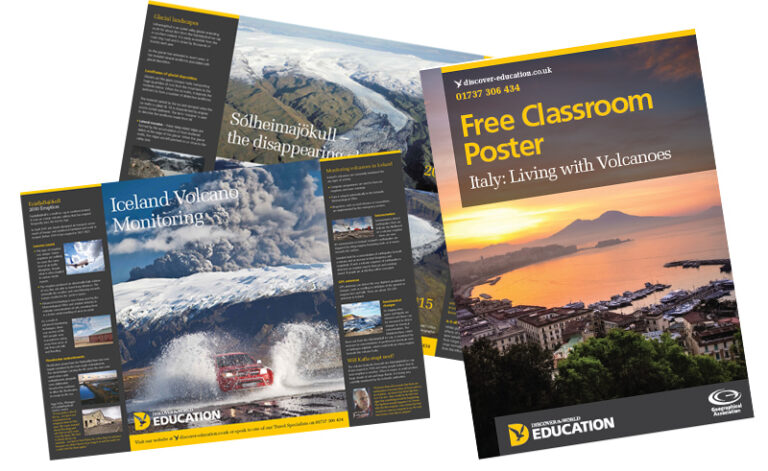
Classroom posters
Free posters to inspire your students and brighten your classroom.
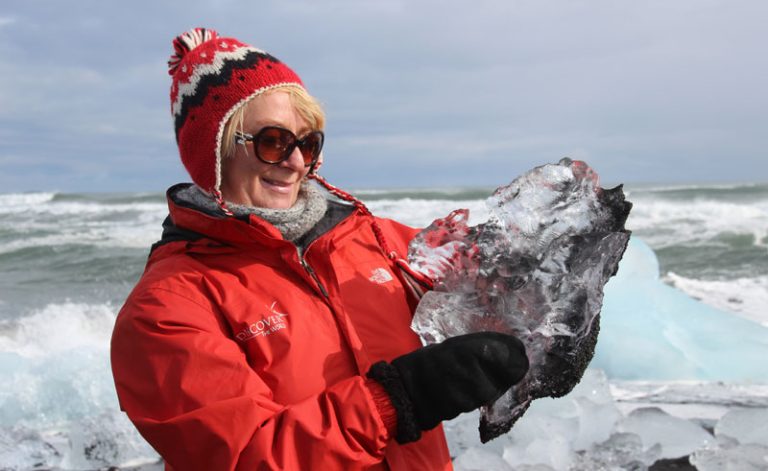
Teacher Inspection Trips
Find out more about our teacher inspection visits and CPD opportunities.
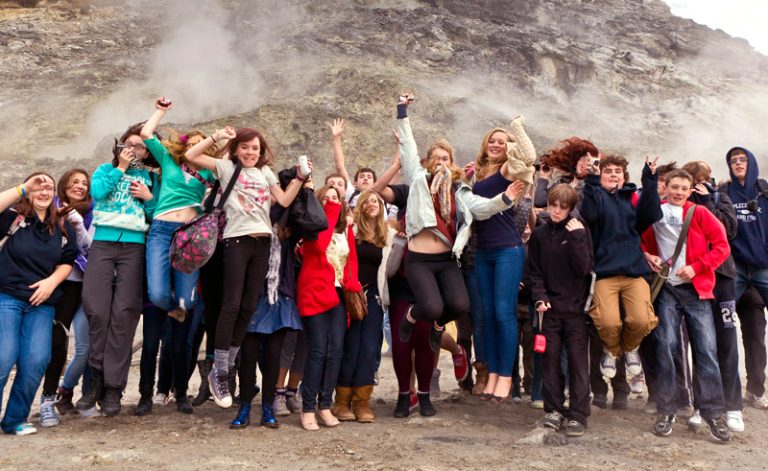
Step By Step Guide To Planning Your School Trip
Our Travel Specialists have gathered their top tips to create a step by step guide to booking an unforgettable school trip.
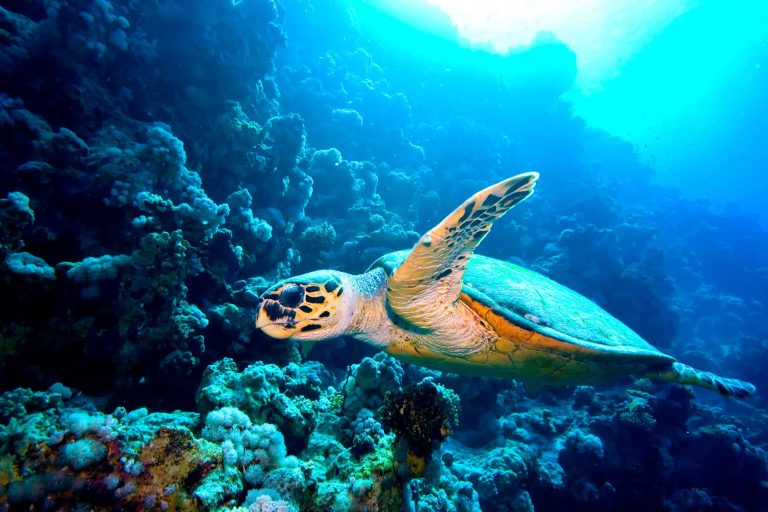
Turtles of Costa Rica
This resource introduces students to the sea turtles of Costa Rica and the importance of their habitat, assesses the dangers that they face and encourages students to consider how they can help.

